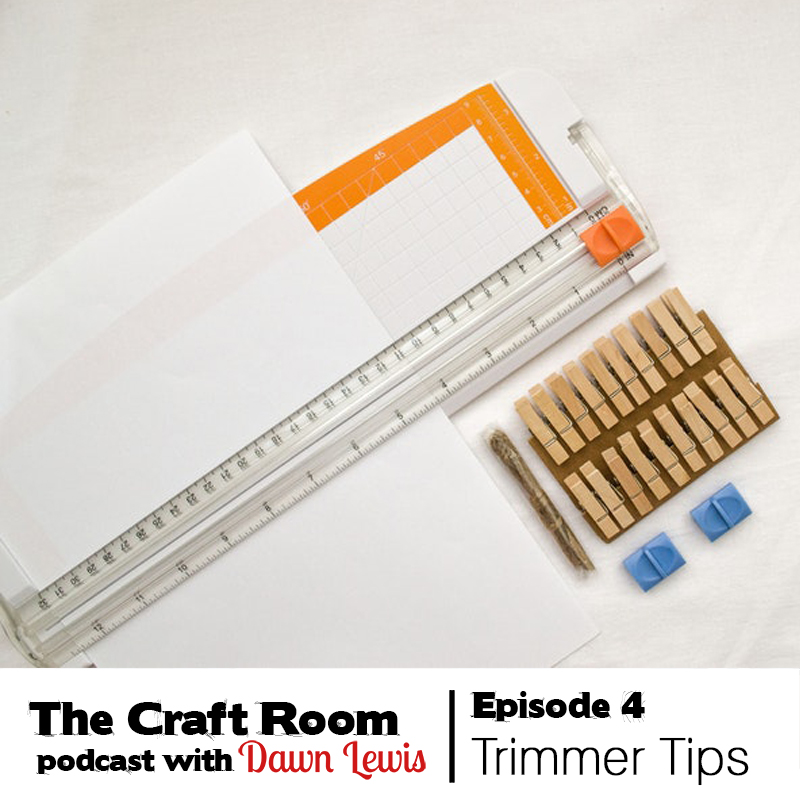So glad to have you in The Craft Room with me today. All through March we’re talking about getting started, and since we’re on a roll with paper crafting, there are two tools that we need to talk about. They often frustrate and freak out their new owners, so I thought we could chat about those today, so you’re aware and prepared!
Both tools are popular and can be expensive, and like most people, I learned these quirky issues the hard way. We’re talking about trimmers and die cutting machines. Let’s start with trimmers, as they’re a real staple in a papercrafters tool box.
Trimmers come in 3 different types
Guillotine
Rotary blade
Sliding blade, either in a track or on a wire
GUILLOTINE
Use the finger guard or the cardstock will move.
Can’t cut out a middle section – strips only.
Pro – blade is self sharpening, no replacement blades needed for a very, very long time.
ROTARY
Can’t cut out a middle section.
Really large and heavy. Solid, but not portable or suitable for very small desks.
Pro – blade is self sharpening, no replacement blades needed for a very very long time.
BLADE IN TRACK
Blade has wiggle room in the track which can lead to crooked cutting lines.
If you press the blade to one side of the track as a guide for straight lines, you can gradually trim away the track edge, leading to curved cutting lines.
Constant blade replacement.
Check you can get replacement blades
It will cut out middle sections.
You can use the track to do scoring
All trimmers have their quirks. Look for the following …
When you place cardstock on the bumper / ledge, do you get a proper right angle, or is it off a little bit? Correction may be needed, or if extreme, return it or contact the manufacturer.
Check they have cm and inches.
Blades may dull quickly = fuzzy edges
All blades are sharp, and trimmers should be kept safely locked away or out of reach of children.
Read reviews.
If you have a problem contact the manufacturer by phone, email or live chat via their website.
What can you do?
Make adjustments and make do until it’s time for an upgrade.
DIE CUTTING MACHINES
We’re talking about the type of die-cutting machine that has cutting plates, whether it’s operated by turning a manual crank, or pressing a button for an automatic feed.
CRACKING
MARKING THE CUTTING PLATE
How it works:
Rollers compress the plates together, the pressure forces the cutting edge of the die through the cardstock.
PRO TIP
Get more life from your cutting plates, and save money in the process.
Use the bottom plate for cutting only.
Rotate / flip the bottom cutting plate to prevent warping.
Add a shim when the bottom cutting plate is starting to thin out.
Eventually the bottom cutting plate with crack, warp or just be too damaged to continue using. Switch the top cutting plate to become the bottom cutting plate, take one new plate out of your replacement pack, and it becomes the top cutting plate.
If you are looking for dies in Australia, I invite you to check out my website at www.dawnlewis.com.au . I have a fairly extensive range, including some very cool interactive dies.

Hi Dawn!
I have been really enjoying your podcast over the past few months. I am interested in getting an embossing and die cutting machine, and I was wondering what kind you’d recommend for a beginner who has a budget of about $60 (usd)(I guess $88 aud) for the actual machine. I want to get more into paper crafts and especially card making.
So glad you’ve been enjoying the podcast, Grace! Excellent question, and thankfully there are quite a few die-cutting machines to choose from these days. The down-side is that there won’t be many at that price point, and most will likely be a mini die-cutting machine. That said, it would be worth checking destash groups, Craigslist, etc for people who might be selling their perfectly good die-cutting machine simply because they are upgrading. I use the Sizzix Big Shot, and it’s a robust and decent machine that works with wafer thin dies, big chunky old-school Sizzix dies and embossing folders. It doesn’t come with a lot of bells and whistles, but it does the basics, and does them well 🙂 I hope that helps.
Dawn
Thank you! That helps a whole lot. I look forward to your next podcast episodes!